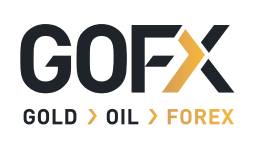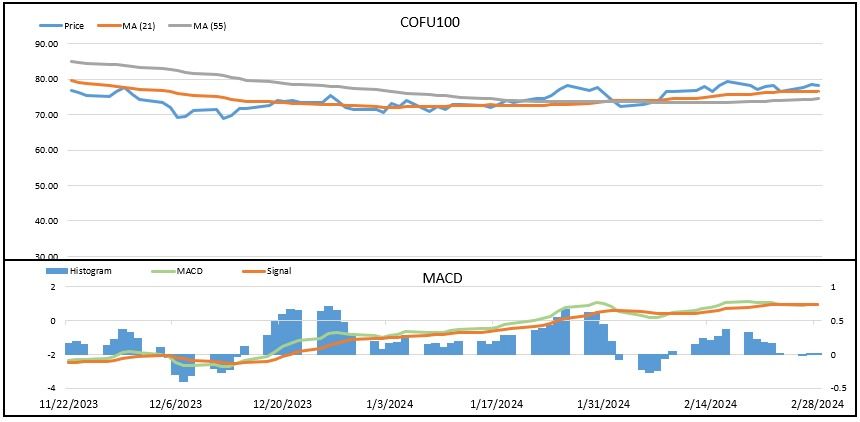Price Performance Indicators
Product | Previous Week | % Change |
COFU | $79.78 | 2.82% |
CPOTR | Rp12,495 | 2.67% |
WTI | $79.97 | 3.08% |
BRENT | $83.55 | 1.24% |
USD/IDR | Rp15,715 | 0.81% |
NATURAL GAS | $1.84 | 10.61% |
- In a week (2/26 - 3/1) the price of ICDX’s crude oil edged up 2.82 percent.
- The highest volatility reached 1.29 percent.
***************************************************************
Market Review
Throughout the week ending March 1, the price trend of crude oil contracts traded on ICDX showed a bullish rally and closed higher by almost 3 percent. The sentiment that is driving oil prices to move positively includes uncertainty over ceasefire talks in Gaza, tensions in the Red Sea that have not subsided, and coupled with strong signals from OPEC+ ahead of a meeting in early March to extend production cuts.
US President Joe Biden (26/2) call for a ceasefire in Gaza to be achieved within a week has apparently not gone as expected. In fact, until the end of the week, US Vice President Kamala Harris on Sunday (3/3) again called for Hamas to immediately accept a ceasefire for six weeks. Harris' comments following a call for a ceasefire by US President Joe Biden last week further strengthened signals of potential US diplomatic intervention in the Israel-Hamas war, which has the potential to cause wider disruption in the Middle East, especially for crude oil commodities.
Still from the Middle East, the Houthi group's attacks on tankers passing through the Red Sea have triggered increased security risks for ship owners, who choose to use alternative routes, thereby increasing logistics rates and extending cargo delivery times. At the weekend (3/3), the British cargo ship, Rubymar, carrying fertilizer and crude oil, became the first commercial ship to be attacked and sunk in the Red Sea by the Houthis. The group also confirmed it would continue to target British ships in the Gulf of Aden following the sinking of the Rubymar.
Meanwhile, citing the results of a survey (27/2) of OPEC+ members ahead of the meeting in early March, the three main members of the OPEC+ alliance are considering extending voluntary oil production cuts until the second quarter of this year to provide additional support for the market. Apart from that, OPEC+ is also looking at the price of Brent oil which is expected to move above the US$80 level, perhaps around US$85 per barrel, but if it turns out the price remains below that level, then OPEC+ will limit production until the end of the year, according to the other two OPEC+ sources.
Market View
OPEC+ Continues Additional Voluntary Cuts Until Second Quarter
The OPEC+ alliance on Sunday (3/3) announced that voluntary production cuts of 2.2 million barrels per day planned for the first quarter of this year will continue into the next quarter. These additional voluntary cuts were announced by the following OPEC+ members: Saudi Arabia (1 million bpd); Russia (471 thousand bpd); Iraq (220 thousand bpd); United Arab Emirates (163 thousand bpd); Kuwait (135 thousand bpd); Kazakhstan (82 thousand bpd); Algeria (51 thousand bpd); and Oman (42 thousand bpd) in the second quarter of 2024. The steps taken by OPEC+ show the commitment and seriousness of the alliance in its efforts to maintain oil prices above $80 per barrel in the second quarter. Sources from OPEC said that if OPEC+ chooses to cancel the current production cut policy, then oil prices could potentially drop to as low as $77 per barrel in May.
Houthis Require Ships To Have Permit To Enter Yemeni Waters
Attacks occur almost every day in the Red Sea have forced shipowners to divert shipping to longer routes around southern Africa and led to higher costs. Houthi Telecommunications Minister Misfer Al Numair on Sunday (4/3), announced that all ships that will enter Yemeni waters and the Red Sea must obtain permission from Yemen's Houthi-controlled Maritime Affairs Authority. The water area that will be affected stretches halfway to the 20 km wide Bab al-Mandab Strait or the narrow estuary of the Red Sea. About 15 percent of ships pass through these waters to Yemen or the Suez Canal. In normal times, more than a quarter of cargo ships carrying agricultural products pass through the Suez Canal. The news indicates the potential for commercial ships to return to sailing via the Red Sea route, which would certainly save travel time compared to the much longer diversion via Africa.
WEEKLY ECONOMIC DATA & EVENTS CALENDAR
Date | Data/Events | Actual | Expectation | Previous |
5-Mar | USA - API Crude Oil Stocks Change | 0.423M | N/A | 8.428M |
5-Mar | USA - API Gasoline Stocks Change | -2.744M | N/A | 3.272M |
6-Mar | USA - EIA Crude Oil Stocks Change | 1.367M | 2.116M | 4.199M |
6-Mar | USA - EIA Gasoline Stocks Change | -4.460M | -1.640M | -2.832M |
8-Mar | USA - Baker Hughes Oil Rig Count |
| N/A | 506 |
Source: ICDX Research
- Minyak Melambung Didukung Beragam Katalis Positif
- Harga Emas Bertahan Walau Data GDP AS Menurunkan Harapan Pemangkasan Suku Bunga
- Kenaikan USDJPY Menunggu Risalah Pertemuan BOJ
- Rilisnya Data Penjualan Ritel Yang Lemah Picu Kenaikan USDCAD
- Emas Kembali Bangkit Ditengah Tingginya Imbal Hasil Treasury AS dan Penantian Laporan GDP AS








